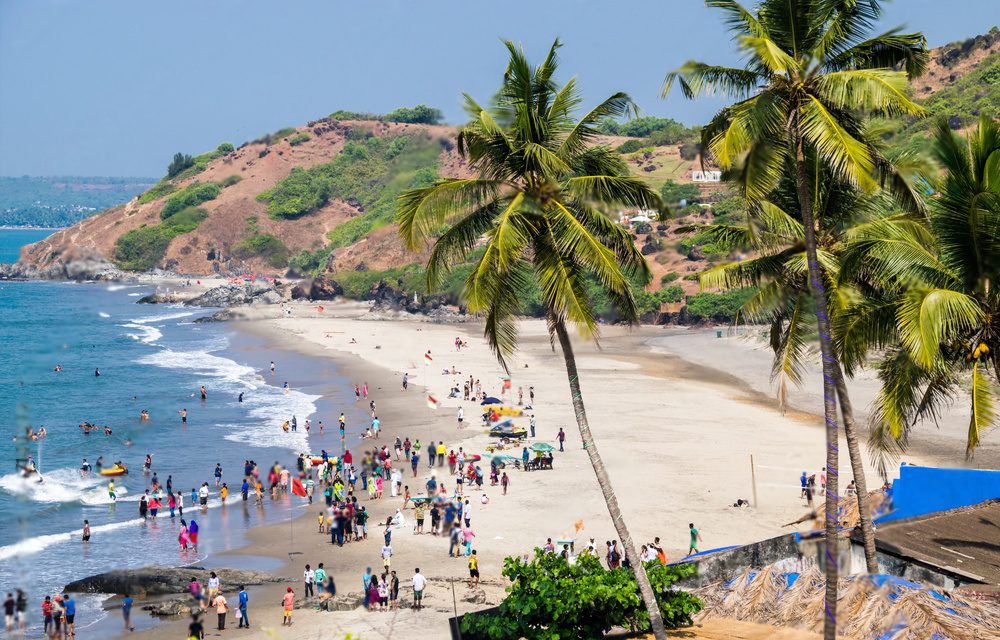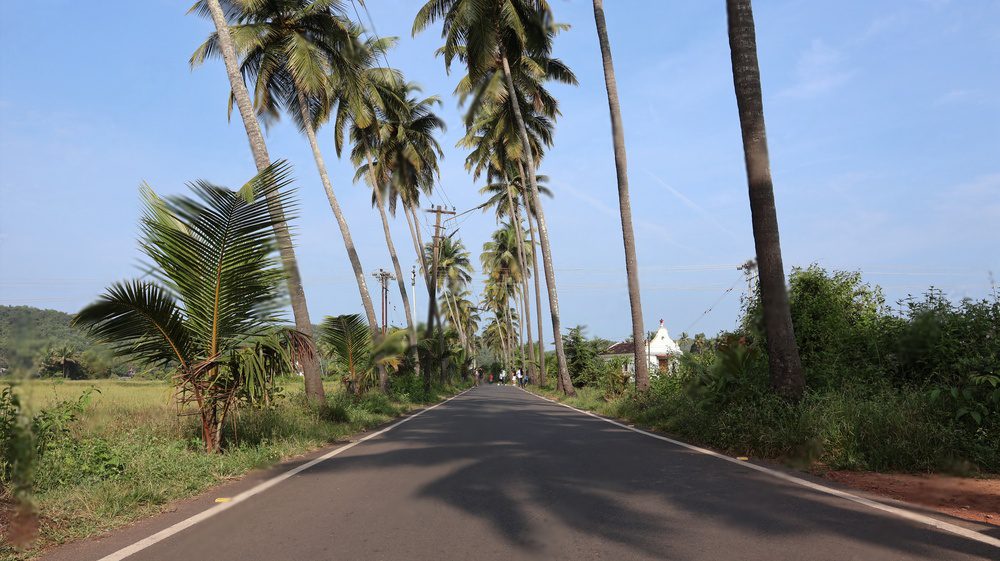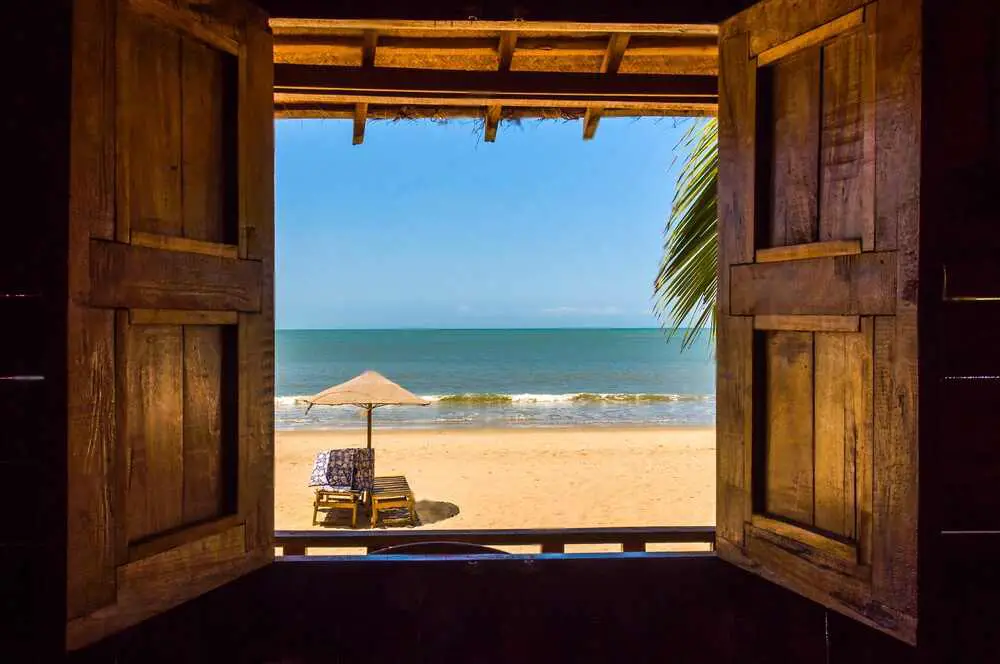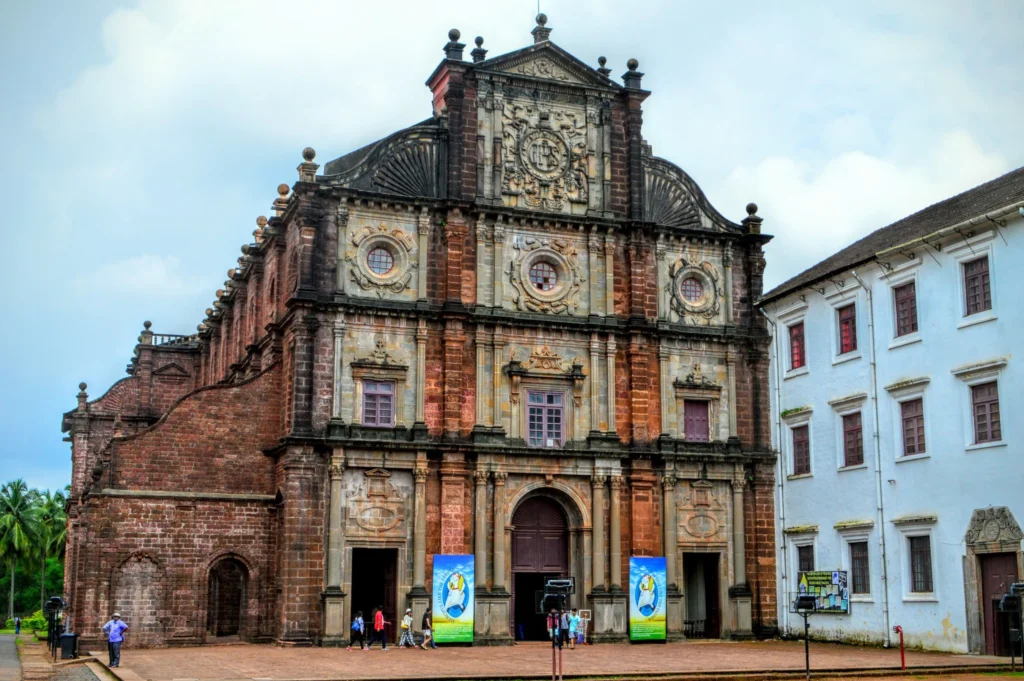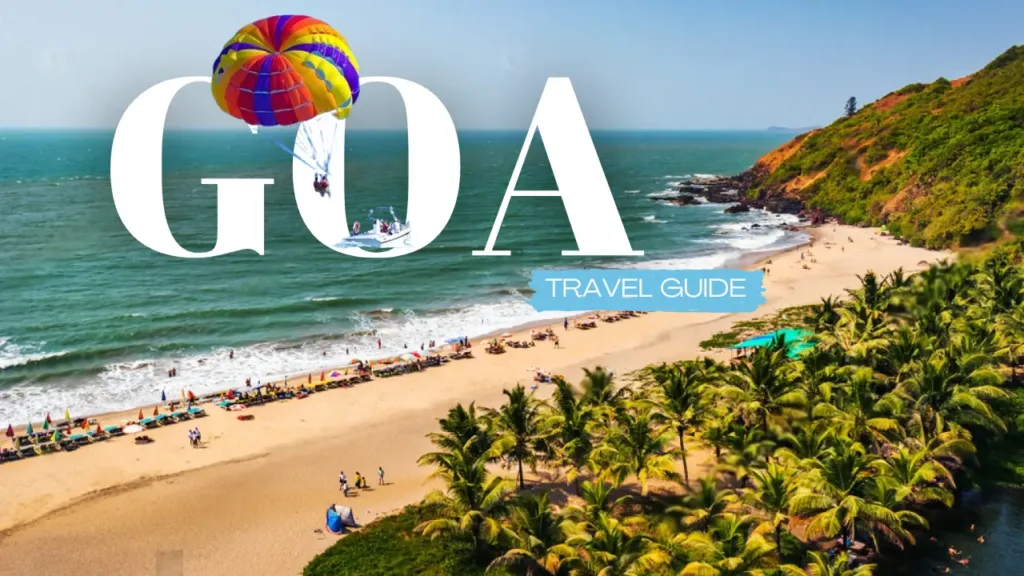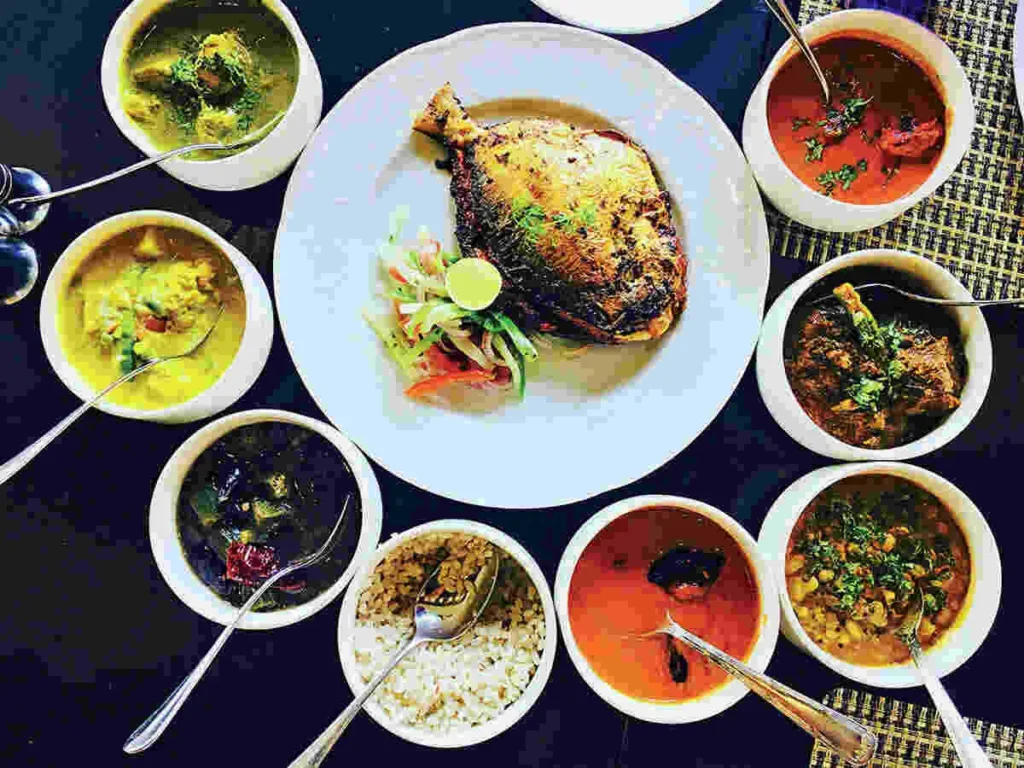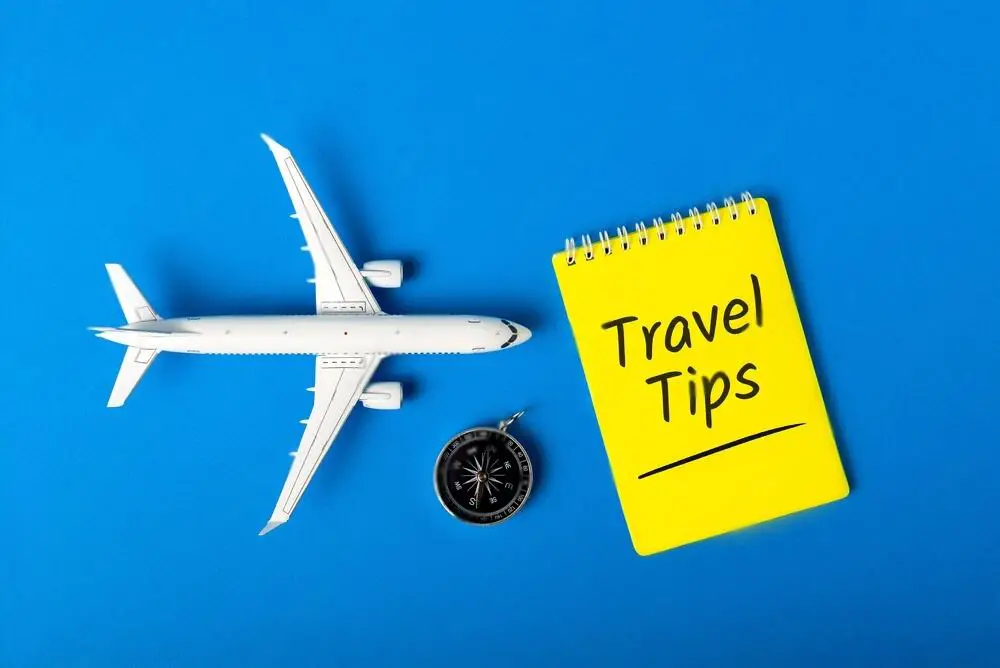Imagine a place where untouched wilderness unfolds before your eyes. Nestled in the heart of Sikkim, Kanchenjunga National Park is a hiker’s paradise and a nature lover’s dream. This UNESCO World Heritage Site boasts a staggering 1,784 square kilometers, all dominated by the majestic presence of Mount Kanchenjunga, the world’s third-highest peak.
The park is a tapestry of diverse landscapes. Dense forests give way to sprawling alpine meadows, all punctuated by rugged mountain trails. As you explore, you’ll be awestruck by the sheer beauty of this untouched wilderness.
How to reach:
Taking Flight:
Your Sikkim adventure begins at Bagdogra Airport (IXB), about 140 kilometers from Gangtok, the state’s capital. Flights connect Bagdogra to major Indian cities like Delhi, Kolkata, and Mumbai. Once you land, you can grab a taxi or hop on a shared cab for the 4-5 hour ride to Gangtok. From there, you’ll need to secure a permit and arrange transportation to Yuksom, the launching point for most treks into the park.
Train Travels:
If trains are your preferred mode of travel, New Jalpaiguri (NJP) station in Siliguri, West Bengal, is your closest option. It’s roughly 150 kilometers from Gangtok and well-connected to major cities like Kolkata, Delhi, and Guwahati. Similar to the air route, a taxi or shared jeep can whisk you away to Gangtok, where permits and transport to Yuksom await.
Road Trip:
For many, the journey itself becomes part of the experience. The most common route winds its way from Gangtok to Yuksom, a distance of about 120 kilometers. Expect a 6-7 hour adventure on wheels, offering breathtaking views of the Himalayas – a scenic prelude to the park’s magnificence. Taxis and shared jeeps are readily available for this route.
Best time to visit:
Spring (April to June):
Spring paints Kanchenjunga National Park in a vibrant palette. Temperatures are pleasant, hovering between 10°C and 20°C (50°F to 68°F), making it a perfect time for outdoor adventures. Rhododendrons, magnolias, and a profusion of wildflowers burst into bloom, transforming the landscape into a breathtaking spectacle. Animals awaken from their winter slumber, increasing the chances of wildlife sightings. This season is ideal for trekking, birdwatching, and simply soaking in the park’s rejuvenated beauty.
Autumn (September to November):
Autumn brings crisp, clear skies with temperatures ranging from 5°C to 15°C (41°F to 59°F). Lush greenery flourishes after the monsoon rains, and waterfalls cascade at their fullest, enhancing the park’s picturesque charm. Visibility is excellent during this season, offering jaw-dropping vistas of the Kanchenjunga peaks and the surrounding landscapes. Coinciding with local festivals like Durga Puja and Diwali, autumn adds a touch of cultural richness to your visit.
Monsoon (July to September):
The monsoon transforms Kanchenjunga National Park into a verdant paradise. While temperatures range from 15°C to 25°C (59°F to 77°F), heavy rainfall can make trails slippery and challenging to navigate, with the occasional risk of landslides. Trekking during the monsoon can be difficult and even dangerous. Howev
Winter (December to February):
Winter cloaks Kanchenjunga National Park in a blanket of snow, creating a serene and pristine landscape. Temperatures plummet, reaching as low as -10°C (14°F) in higher altitudes and ranging from 0°C to 10°C (32°F to 50°F) in lower regions. Heavy snowfall may render many trekking routes inaccessible. However, for those seeking solitude and well-equipped to handle the harsh conditions, winter offers a unique opportunity to experience the park in a completely different light.
The Kanchenjunga National Park:
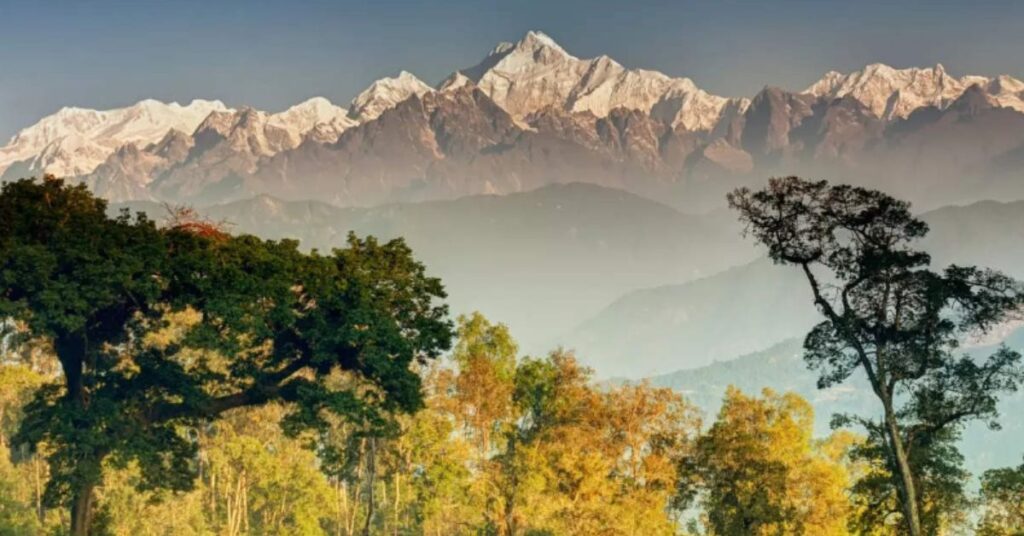

Sikkim’s eastern Himalayas cradle Kanchenjunga National Park, a UNESCO World Heritage Site renowned for its dramatic transformation from orchid-laden subtropical forests to glacier-carved alpine meadows. Spanning 849.5 square kilometers, this park shares borders with Nepal and Tibet, offering a haven for endangered wildlife like the snow leopard and red panda. Deeply revered by the indigenous Lepcha people, Kanchenjunga beckons visitors with iconic treks and the warmth of local hospitality. Conservation efforts here ensure this tapestry of life flourishes for generations to come.
Attractions:
Goecha La Trek:
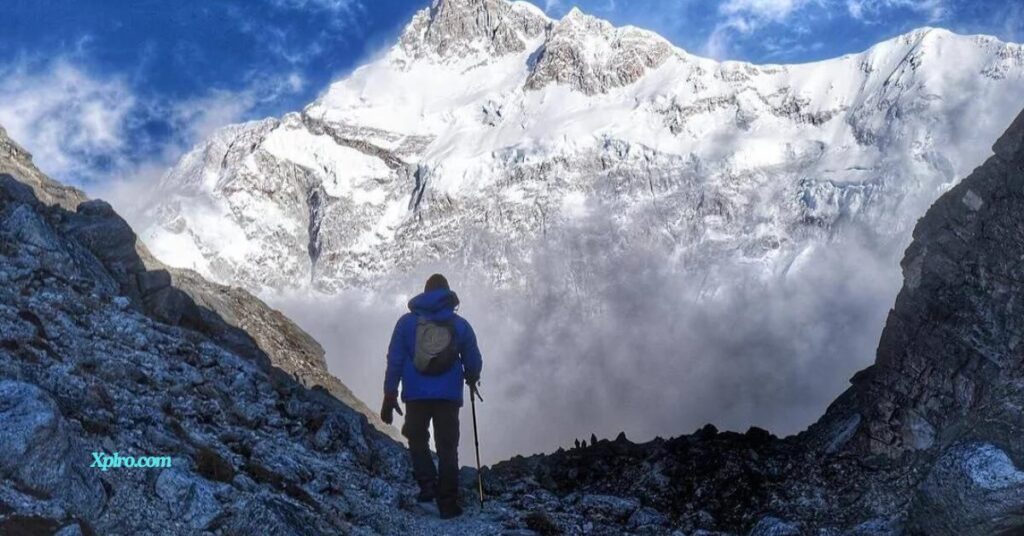

The Goecha La Trek is the undisputed king of adventures in Kanchenjunga National Park. This challenging trek, lasting anywhere from 10 to 15 days, is a magnet for adventurers worldwide, and for good reason. Imagine yourself traversing a landscape that morphs from dense rhododendron forests, bursting with color, to vast alpine meadows and even glacial moraines – a testament to the park’s raw power.
The journey starts in Yuksom, a charming village nestled amidst enchanting forests. Keep your eyes peeled – you might spot a flash of red as an elusive red panda darts across the path. The melodious calls of various bird species will serenade you as you ascend. As you progress, the landscape opens up to reveal the Dzongri viewpoint, a jaw-dropping panorama of the Kanchenjunga range.
Yuksom:
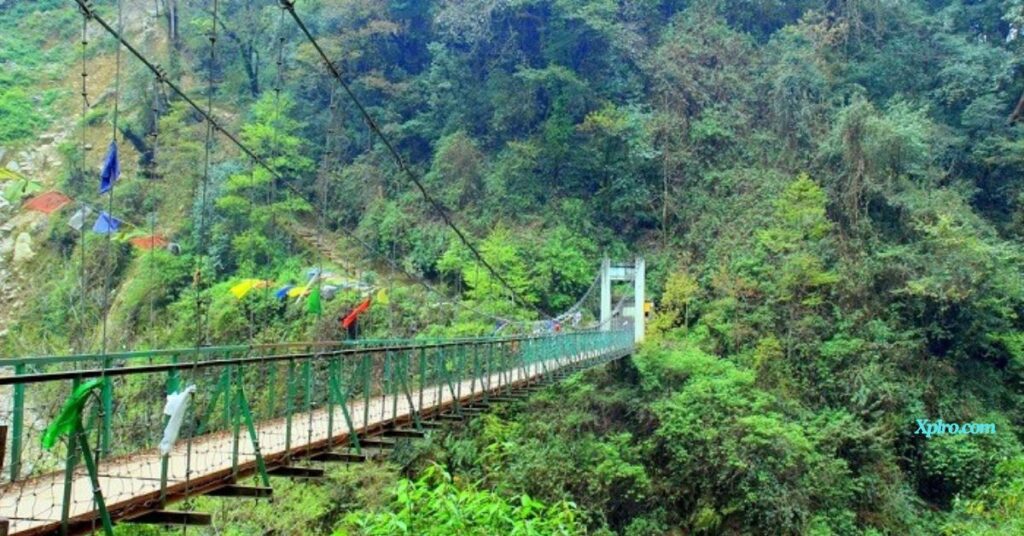

Nestled amidst Sikkim’s verdant hills lies Yuksom, a village brimming with history, culture, and natural splendor. Often called the “Gateway to Kanchenjunga,” Yuksom served as Sikkim’s first capital, established in 1642. Today, it’s the launching point for many treks into the awe-inspiring Kanchenjunga National Park.
Yuksom’s charm goes beyond being a trekker’s paradise. Steeped in history and spirituality, the village boasts the Dubdi Monastery, one of Sikkim’s oldest, dating back to 1701. History buffs will be captivated by the Norbugang Chorten, a historic coronation site where the first king of Sikkim was crowned.
Tholung Monastery:
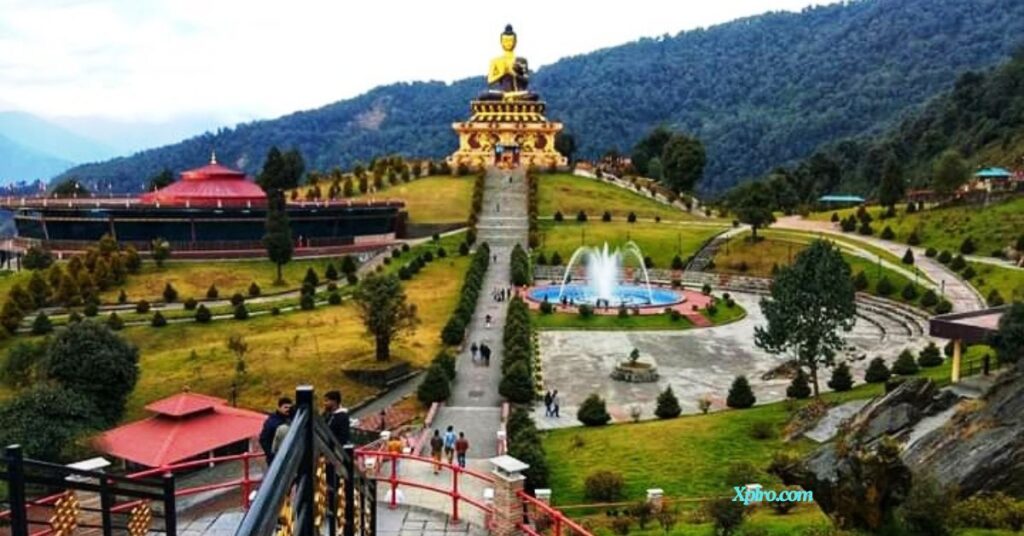

Deep within the heart of Kanchenjunga National Park lies the Tholung Monastery, a hidden gem revered by the local Lepcha people. Founded in the 18th century, this monastery is more than just a place of worship; it’s a treasure trove of ancient relics, manuscripts, and sacred artifacts. Every three years, during the vibrant Kamsel festival, these treasures are unveiled for the public, offering a glimpse into Sikkim’s rich spiritual heritage.
Reaching Tholung Monastery is an adventure in itself. The trek winds through dense forests, with the sounds of the wilderness serving as your soundtrack. You might even cross gurgling rivers and walk along scenic mountain trails, immersing yourself in the park’s raw beauty. Keep your eyes peeled – you might spot some of the park’s fascinating wildlife along the way.
Zemu Glacier:
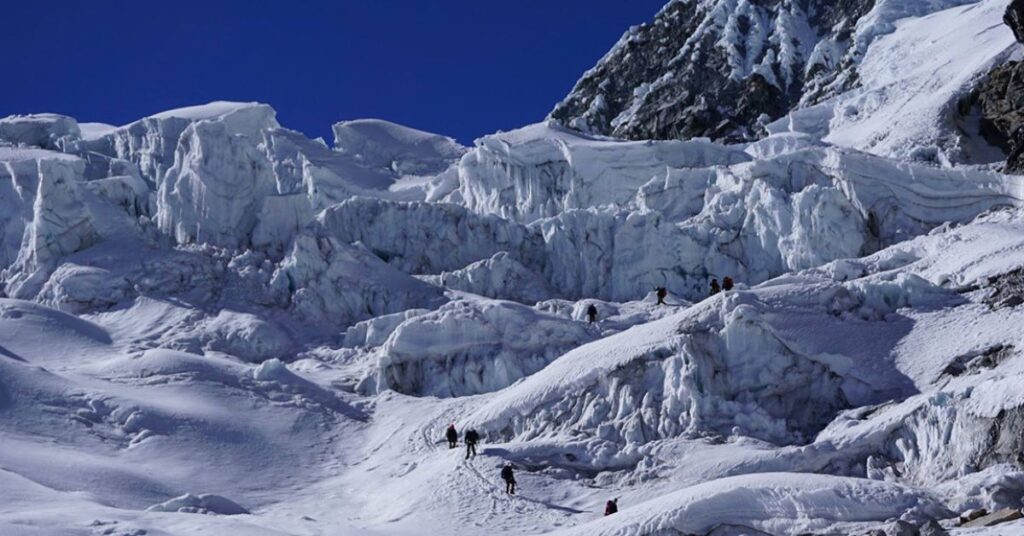

Deep within Kanchenjunga National Park lies the Zemu Glacier, a crown jewel of the Eastern Himalayas. Stretching an impressive 26 kilometers, this colossal river of ice isn’t just a spectacle – it’s the lifeblood of the Teesta River, a vital artery for the region. Reaching the Zemu Glacier is an odyssey in itself. Treks weave through dense forests teeming with life, traverse challenging rocky moraines, and finally open up into vast, flower-strewn alpine meadows. As you crest a rise, the Zemu Glacier unfolds before you in all its majesty. A seemingly endless expanse of ice and snow stretches towards the horizon, dwarfed only by the towering peaks of the Kanchenjunga range.
Tshoka:
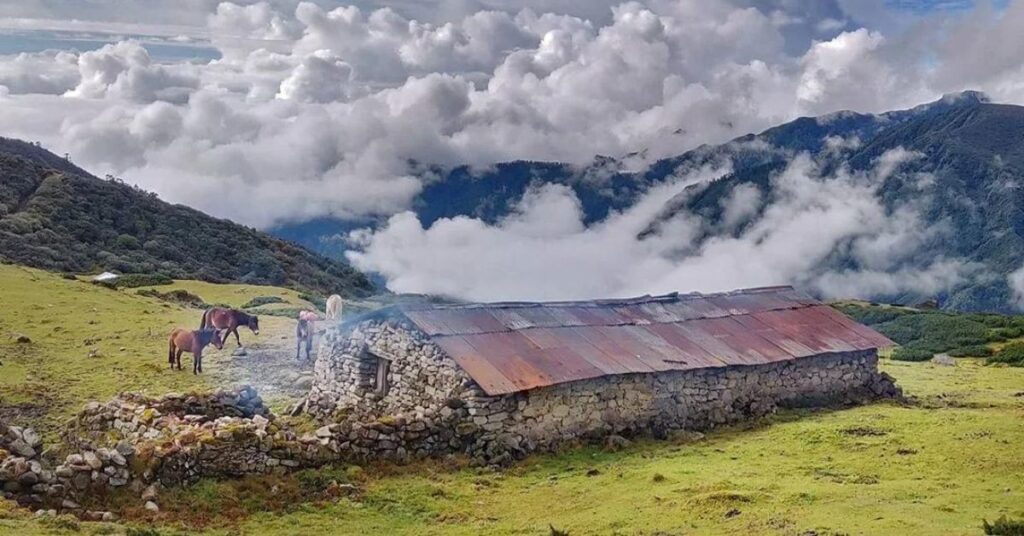

Nestled amidst the Himalayas at a cool 3,000 meters, Tshoka village is a welcome sight for weary trekkers. This charming stopover serves as a key rest point on the way to Dzongri and the famous Goecha La trek. Imagine lush forests of rhododendron and oak enveloping the village, creating an atmosphere of serenity and enchantment.
Tshoka offers basic amenities and comfortable accommodation, perfect for trekkers to rest and acclimatize to the increasing altitude. But the village’s charm goes beyond its practicality. A small yet beautiful monastery adds a touch of spirituality to the ambience.
Local experiences:
- Whispers of the Past: Unearth Yuksom’s rich history at the Dubdi Monastery and Norbugang Chorten. Let the architecture and artifacts tell tales of a bygone era.
- Local Tapestry: Immerse yourself in the warm hospitality of the Sikkimese community. Learn about their traditions and witness the village’s serene beauty, where traditional architecture blends seamlessly with the natural environment.
- Tholung’s Spiritual Trek: Embark on an adventurous trek through dense forests, leading you to the secluded Tholung Monastery. Discover ancient relics and scriptures, perhaps even witnessing them during the vibrant Kamsel festival. Absorb the monastery’s tranquil ambiance.
- A Taste of Tradition: Indulge in momos, thukpa, and gundruk – staples of Sikkimese cuisine. Don’t miss the chance to savor freshly brewed local beer (chaang) and aromatic butter tea at authentic eateries.
- Festivals Come Alive: Immerse yourself in the electrifying celebrations of Losar (Tibetan New Year), Bumchu, and Pang Lhabsol. Witness vibrant dances, traditional rituals, and cultural performances that come alive during these festivals.
- Homestay Hospitality: Experience the warmth of Sikkimese hospitality by staying in traditional homestays in Yuksom, Tshoka, or Lachung. Get a firsthand glimpse into the daily life of the region.
- Souvenirs with a Story: Take home a piece of Sikkim’s soul with locally crafted souvenirs. Explore the markets and shops for woven fabrics, wooden masks, and hand-carved artifacts, each a testament to the region’s rich heritage.
- Expert Encounters: Embark on treks with knowledgeable local guides who will share their insights about the region’s unique flora, fauna, and the best routes to navigate the Himalayas.
- Mountain Whispers: Listen to captivating stories and legends passed down by experienced porters and guides, bringing the mountains and their history to life.
- Healing Traditions: Discover the traditional healing practices and herbal medicine used by local communities. Visit local healers and learn about the medicinal properties of native plants, gaining a deeper understanding of their connection to the natural world.
- Wildlife Encounters: Join guided wildlife spotting tours with local experts to search for elusive creatures like the red panda and the snow leopard. Learn about the ongoing conservation efforts and contribute to preserving the park’s rich biodiversity.
Travel tips:
- Slow and Steady Wins the Race: Ease into high altitudes by spending a couple of days in Yuksom or other lower areas. This allows your body to gradually adjust and reduces the risk of altitude sickness.
- Hydrate Like a Pro: Drink plenty of water throughout your trek, especially during the first few days. Take frequent sips and avoid strenuous activity during acclimatization.
- Layer Up for Comfort: Pack clothes for various weather conditions. Bring warm jackets, thermal wear, and rain gear to ensure you stay comfortable and dry.
- Footwear is Crucial: Invest in sturdy, comfortable trekking boots with good ankle support. Don’t forget a hat, gloves, and sunglasses – sun protection is essential at high altitudes.
- Pack Strategically: Carry a good quality backpack with all the essentials – a well-stocked first-aid kit, water purification tablets, high-energy snacks, a reliable map or GPS device, and a headlamp for nighttime navigation.
- Secure Your Permits: Obtain the necessary permits to enter Kanchenjunga National Park and any restricted areas. Local tourism offices or authorized travel agencies can streamline this process.
- Documents at the Ready: Always carry copies of your passport, visa, and any other relevant documents for identification purposes.
- Empower Yourself with Local Guides: Hiring experienced local guides and porters enhances your trekking experience. Their knowledge of the terrain and local customs proves invaluable.
- Support the Community: Choosing local guides also supports the local economy and promotes responsible tourism practices.
- Embrace Local Customs: Be mindful of local traditions and dress modestly. Treat the communities you encounter with respect.
- Leave No Trace: Follow responsible tourism principles. Avoid littering, disturbing wildlife, or damaging natural and cultural sites. Practice “Leave No Trace” to preserve the park’s beauty for generations to come.
- Weather Watch: Keep yourself updated on weather conditions and trail statuses, particularly during unpredictable monsoon and winter seasons.
- Communicate Your Plans: Mobile connectivity may be limited in remote areas. Inform someone about your itinerary and expected return date in case of emergencies.
- First-Aid Essentials: Carry a basic first-aid kit with essential supplies like bandages, antiseptic cream, pain medication, and any personal medications you require.
- Altitude Awareness: Be aware of altitude sickness symptoms like headaches, dizziness, nausea, and shortness of breath. Descend immediately to a lower altitude if symptoms worsen.
- Cash is King: ATMs are scarce in remote areas. Carry sufficient cash as many shops in smaller villages may not accept card payments.
- Stock Up Before You Set Off: Purchase necessary supplies like food and trekking gear in larger towns like Yuksom before heading into the park.
Conclusion
Unveil the magic of Kanchenjunga National Park with Xplro.com! This Himalayan gem boasts a treasure trove of natural beauty, rich cultural heritage, and thrilling adventures. Hike the challenging Goecha La Trek, soak in the serene ambiance of Yuksom, or find spiritual solace at Tholung Monastery. Diverse flora and fauna, from elusive snow leopards to vibrant rhododendrons, paint a breathtaking picture for nature enthusiasts. Xplro.com goes beyond stunning landscapes. Immerse yourself in Sikkimese culture through local festivals, warm homestay hospitality, and ancient traditions. Explore curated itineraries featuring treks, cultural experiences, spiritual journeys, and nature encounters. Plan your unforgettable Kanchenjunga adventure with Xplro.com’s comprehensive travel guides, insider tips on accommodation and responsible tourism, cultural insights, and permit information. Let Xplro.com be your guide to unlocking the magic of Kanchenjunga – start planning your dream adventure today!
FAQs
How do I reach Kanchenjunga National Park?
- The nearest major town is Siliguri in West Bengal. From Siliguri, you can travel to Gangtok, the capital of Sikkim, by road. Yuksom, the gateway to Kanchenjunga National Park, is about a 6-7 hour drive from Gangtok.
What is the best time to visit Kanchenjunga National Park?
- The best time to visit is during spring (April to June) and autumn (September to November), when the weather is mild and the skies are clear. Avoid the monsoon season (July to September) due to heavy rainfall and winter (December to February) when trekking routes may be snow-covered and temperatures drop drastically.
Are permits required to visit Kanchenjunga National Park?
- Yes, permits are required for entering Kanchenjunga National Park. These permits can be obtained from the Sikkim Tourism Office in Gangtok or through authorized travel agencies.
What are the popular trekking routes in Kanchenjunga National Park?
- The Goecha La Trek, leading to the Goecha La pass with stunning views of Kanchenjunga, and the Singalila Ridge Trek, offering panoramic vistas of the Himalayas, are among the popular routes.
Is altitude sickness a concern when visiting Kanchenjunga National Park?
- Yes, altitude sickness can be a concern, especially on high-altitude treks like Goecha La. It’s advisable to acclimatize properly and consult a doctor if you have any concerns.
What kind of wildlife can be seen in Kanchenjunga National Park?
- The park is home to rare species like the snow leopard, red panda, Himalayan black bear, and various species of deer and birds. Wildlife sightings depend on the season and trekking route.
Are there accommodation options inside Kanchenjunga National Park?
- Accommodation options inside the park are limited. Visitors usually stay in nearby towns like Yuksom, Lachen, or Lachung, where guesthouses, lodges, and homestays are available.
What should I pack for a trek in Kanchenjunga National Park?
- Pack layered clothing suitable for varying temperatures, sturdy trekking boots, rain gear, a first-aid kit, snacks, water purification tablets, and essential medications.
Are there medical facilities available near Kanchenjunga National Park?
- Basic medical facilities are available in Yuksom and nearby towns. For serious medical emergencies, evacuation may be required to larger hospitals in Gangtok or Siliguri.
Can I hire guides and porters for trekking in Kanchenjunga National Park?
- Yes, it’s recommended to hire experienced local guides and porters who are familiar with the terrain and can enhance your trekking experience.
What are some cultural experiences to explore in Kanchenjunga National Park?
- Explore historic monasteries in Yuksom, attend local festivals like Losar and Bumchu, interact with local communities, and taste traditional Sikkimese cuisine.
How can I contribute to responsible tourism in Kanchenjunga National Park?
- Practice Leave No Trace principles, respect local customs and traditions, support local businesses, and contribute to conservation efforts by minimizing your environmental impact.
